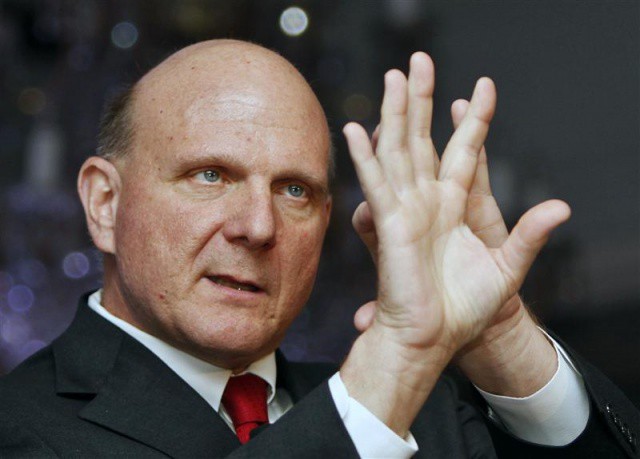Past players and coaches stand behind the Lions' effort to win a historic District 3 Class AAAA title Saturday night.
York, PA - In its proud football history, Red Lion has never seen a game quite like this one.
It has seen teams like this one. Teams more dominant than this one. In the 1960s and 1970s, the Red Lion program produced some of the most successful squads York and Adams counties have ever seen.
But a game like this? Not quite.
"This thing they're in now is totally foreign to me," said former longtime Lions coach Don Dyke, who led the school to three-straight unbeaten seasons in the 1970s. "This is a whole different animal, I mean the playoffs."
When eighth-seeded Red Lion (10-3) steps onto the turf at Hersheypark Stadium tonight at 6 for its District 3 Class AAAA final with seventh-seeded Cumberland Valley (11-2), it will pen a new chapter in the long narrative of Lions football.
It will be Red Lion's first district championship game appearance since the playoffs were created in 1982.
With a win, Red Lion would become the YAIAA's first quad-A district football champion.
More than that, this Lions team could further cement a place in its program's own rich legacy, a tradition that dates back to the overpowering Red Lion teams of the mid-1960s.
"I just think it's great," said Sam Neff, a two-way standout on those 1960s squads. "I think this team wasn't expected to do quite as well as they did. To go to the district finals is something."
Neff, a former quarterback and defensive back, was an integral part of the Red Lion teams that won a staggering 37 straight games -- a streak that stretched from 1963 to 1967.
Red Lion piled up points those years. During the 1965 season, the Lions finished 10-0 and outscored opponents by a combined 439-60.
"We had great guys," said Ron Fitzkee Sr., 81, who coached those teams. "The one thing that I remember is the total involvement and interest and support from our entire Red Lion area community. I think that they were really a big part of our ability to succeed.
"We filled that stadium week in and week out."
And not just Red Lion's Horn Field, either. Neff, who went on to play football at Maryland, recalled how Lions fans followed their team all over the county.
"I remember that we had a preseason scrimmage (one year)," said Neff, 60, who now teaches at Red Lion. "And the coach I don't think wanted a lot of people to go there. So he kept it a secret.
"By the time we left that Friday morning, there were about 30 cars behind the bus following us."
A few years later, under Dyke's watch, Red Lion cobbled together a similar three-season unbeaten stretch, encompassing the 1972, 1973 and 1974 campaigns. Those teams produced some of most talent the school has ever seen; most notably Scott Fitzkee, Ron's son and a three-sport star, who went on to play football at Penn State.
"They were just an unbelievable group of kids," the 70-year-old Dyke said. "They just enjoyed each other's company."
But there were no district or state playoffs then. And so those teams never got a chance to test themselves beyond the league.
Not the case this year.
After struggling to replicate the successes of the 60s and 70s -- Red Lion hadn't won a district playoff game before this season -- the Lions have positioned themselves to make history, both for their program and for the YAIAA.
The community seems to have taken notice, too. On a typical gameday, Lions coach Pat Conrad said he gets between 10 and 20 text messages, mostly from past players.
"Just the sense from a lot of community members," Conrad said. "They're excited about where we are and where the program is in general."
Conrad was a first-year assistant at Red Lion in 1998 for one of the school's last notable teams. That squad finished 9-2 and lost in the District 3 semifinal to none other than Cumberland Valley.
Tonight, the Lions could produce perhaps the program's proudest moment to date. Many of Red Lion's past standouts, including Neff, Dyke and Ron Fitzkee, plan to be in attendance.
Already, they insist, Red Lion's run has been one its players won't soon forget.
"I still see (former teammates) today," Neff said. "Guys that didn't go to college and play football, but they talk about how special that time was.
"I think for this team, that's what they're going to remember. They're going to remember they went to the district finals, and maybe even won it. Who knows?"
jclayton@ydr.com; 771-2045
Also of interest
? Red Lion's Scott Fitzkee ranks as York/Adams Greatest Athlete? Story answers much about great athlete Hinkey Haines of Red Lion, including origin of his nickname.
Source: http://www.inyork.com/ci_16772942?source=rss_viewed
Espn College Football Eddie Murphy died Suzanne Barr Clint Eastwood speech Maria Montessori clint eastwood Julian Castro



